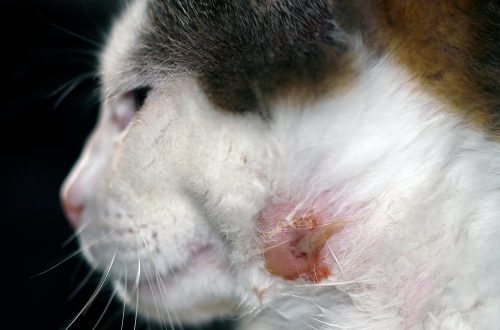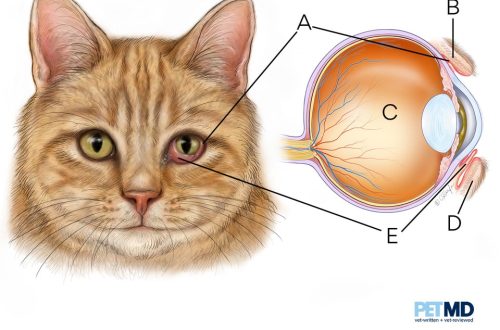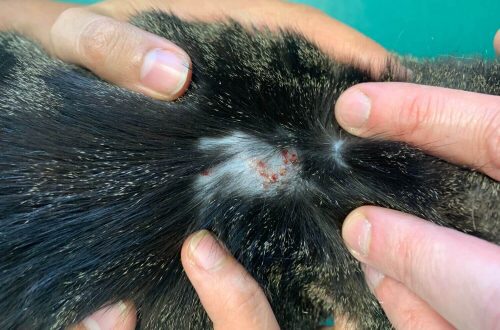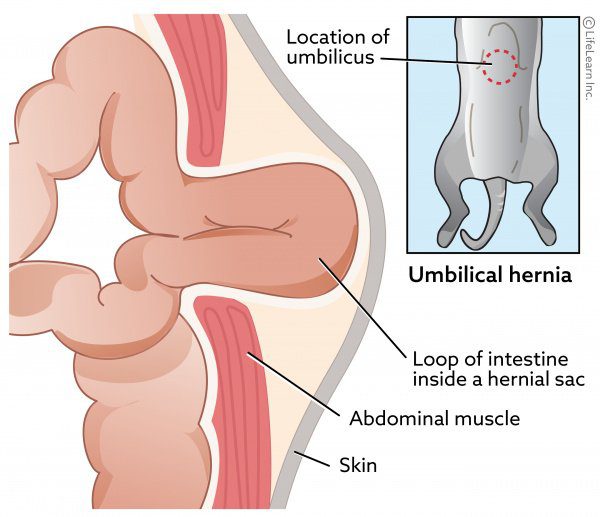
Hernia in cats
To begin with, you should understand what types of hernias are in order to know exactly what kind of attack your beloved pet has.
Hernias are congenital (due to malformations) and acquired (due to diseases, injuries, frequent or difficult births). They look like subcutaneous tumors, but of course they are not. The danger lies in the fact that various organs are pinched inside or outside, which leads to necrosis, sepsis and death of the animal.
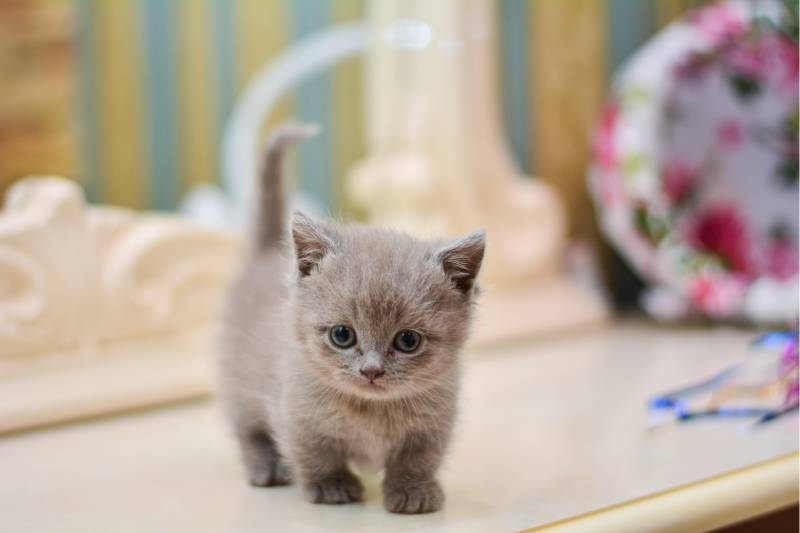
The most common is an umbilical hernia. It can be found like a pea in a newborn kitten. By the way, such a defect is inherited, so that competent breeders of such animals are not allowed to breed.
Before the baby reaches six months, such a hernia is usually repaired non-surgically: firmly, tightly sealed with a plaster or put on “pants” from a tight elastic bandage. Very often everything goes by itself. Otherwise, an operation under general anesthesia will be required.
Perineal, inguinal, and scrotal hernias usually appear in older animals. The veterinarian will most likely advise you to watch the cat: if the hernia does not increase in size and does not interfere with the pet, then it may not be worth the risk and operation, especially if he is many years old.
An intervertebral hernia, like in humans, appears due to the indentation of the disc into the spinal canal. It greatly complicates the life of the animal. Because of the pain, the cat does not want to walk, her gait changes, she suffers, stops eating. It all starts with a decrease in activity, the cat hides, reacts aggressively to attempts to stroke its back. Then there may be convulsions, lameness, up to paralysis. With the defeat of the lumbosacral region, problems with urination and defecation begin. As a result, the animal dies.
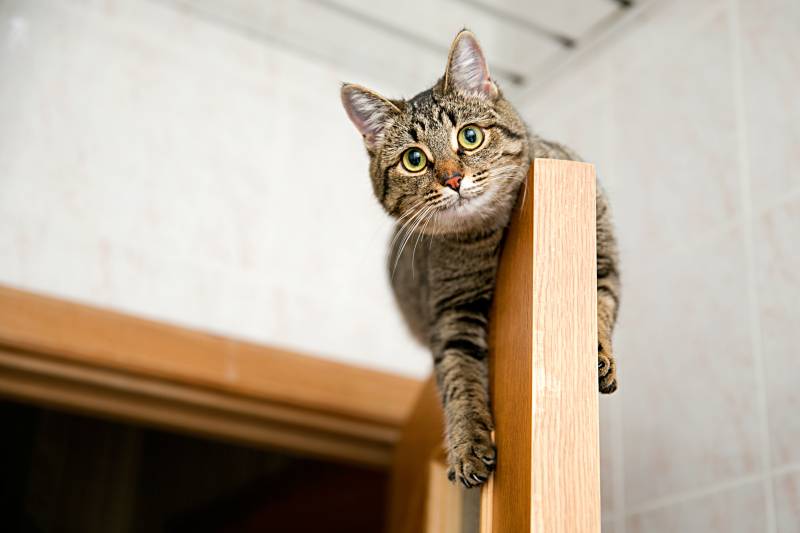
Diaphragmatic and pericardial-peritoneal hernias are usually congenital, but may occur as a result of a blow or fall from a height. Such hernias are quite difficult to diagnose, especially if the owner does not know that the pet was injured. Symptoms – general depression, shortness of breath, refusal to eat, cyanotic mucous membranes, thready pulse – a sign of a serious condition in many diseases. A thorough examination of the uzist and radiologist on high-quality equipment will be required. The disease itself will not go away, an immediate operation is required, the surgeon straightens the organs, removes their hopelessly damaged areas, sews up the gaps. In the case of the birth of a kitten with a similar pathology, the prognosis is cautious, rather unfavorable.
Prevention of hernias as such does not exist. You can only reduce your pet’s exposure to the risk group: sterilize the cat in order to avoid frequent childbirth; in case of pathological childbirth, take the animal for a caesarean section to the clinic; feed properly so that an aging pet does not suffer from constipation. And, of course, you should put nets on the windows to protect your pet from a possible fall.



